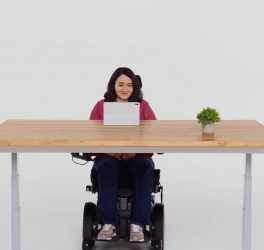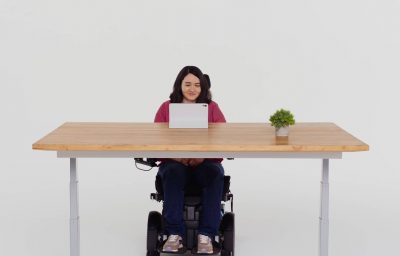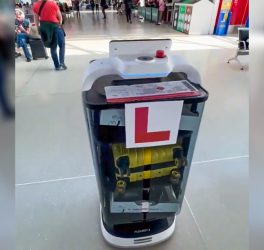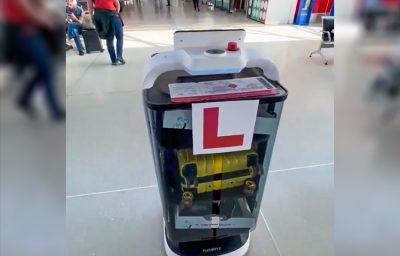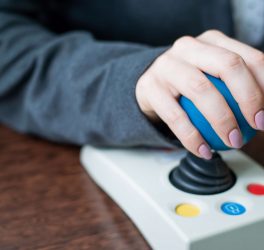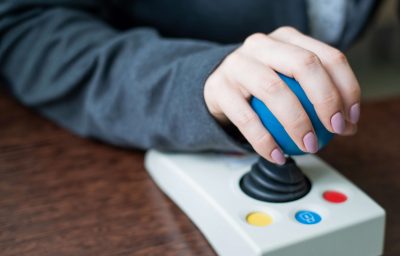Baku – An intensive 48-hour non-stop Inclusivity Hackathon, the first of its kind organized by the United Nations Development Program (UNDP) in Azerbaijan, concludes today introducing new value-added technology solutions to break down barriers and expand access to quality living for people with disabilities.
The Inclusivity Hackathon brought together over 30 industry experts, academia, technology pundits, national innovation labs and people with disabilities to work alongside 16 participating teams to empower them with advanced technology skills and accelerate coding and software development tools that can substantially improve the wellbeing of people with disabilities.
Sixteen teams developed a wide range of prototypes and open source code solutions to tackle challenges facing people with disabilities. Profiles of the prototypes presented at the closing ceremony of the Inclusivity Hackathon today were diverse and included platforms to modernise assistive devices to help people with vision and hearing impairments or speech disorders and applications to connect people with disabilities and volunteers willing to help them in different ways. Other ideas drew solutions to improve learning opportunities for people with varying abilities via gamification schemes, create mobile apps to measure the risk of autistic spectrum and offer job search websites and market place for craftsmen among people with disabilities.

